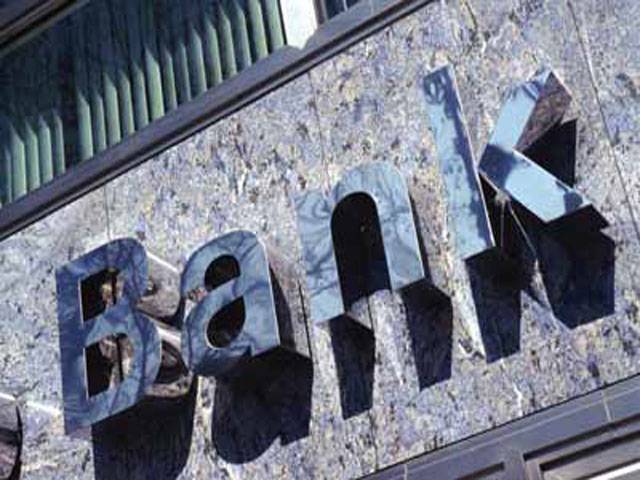LAHORE - The central bank is piling pressure on the banks to change their current focus from investing in risk-free government papers to high yield advances to jump start private sector credit off-take.
According to the latest figures available, out of the overall deposits in Pakistan of Rs7.2 trillion ($68b) around 37 percent are saving deposits to Rs2.7 trillion. Within these saving deposits, around 70-80 per cent is estimated to be earning 6 per cent minimum return on average balance. However, this ratio varies from bank to bank as large banks have higher proportion of savings deposits at minimum return while this ratio is little lower for smaller banks.
Experts said that aggregate banking deposits have depicted an impressive growth so far in 2013, but the sector continued to opt for a prudent approach towards lending. As per the latest numbers, average deposits grew to Rs7.2tr in Aug, up 7% from Dec 2012 while credit offtake is down 1% to Rs3.8tr. Subsequently, the banking sector’s average ADR (Advance to Deposit Ratio) has slipped to 53% which compares unfavorably with 58% recorded in Dec’12. Investment came down by 5% to PkR3.7tn in Aug’13 against PkR3.9tn recorded in Dec’12.
On an average basis, banking deposits grew by 15% in 8M2013 while advances grew by 6%. On the other hand, investment grew by a significant 24% during this period. With the central bank likely to continue its accommodative monetary stance in the first year of the IMF program, experts believe the approach of prudent lending is likely to keep banking spreads at subdued levels.
To calculate additional costs to the banks, banking industry experts assume that 25-30 per cent of their total deposits are expected to be impacted by 50bps increase in minimum deposit rate. This will cost an additional Rs9-11 billion a year to the banks assuming deposit structure to remain same and banks will not pass on the impact to their borrowers.
Financial expert Zeeshan Afzal said that preliminary working suggests that annualized earnings of banks will be negatively affected by 3-8 per cent on annualized basis that is 0.6-2 per cent in 2013 assuming the impact for 3 months for the current year.
He said that in a major development, Pakistan central bank had made saving rate on PLS (Profit and loss sharing) saving account variable so that depositors of savings account, constituting 37 per cent of total deposits, could enjoy benefit of rising interest rates (and vice versa).
SBP has linked minimum deposit rate on PLS saving accounts with the interest rate corridor-floor (Repo rate). Effective from October 1, 2013, banks are now liable to pay at least 50bps below SBP Repo rate (which is 7 per cent now) which will effectively increased minimum return on saving deposits by 50bps to 6.5 per cent.
In future, whenever policy rate (reverse repo rate) is adjusted, this minimum return on savings deposits will also increase or decrease in that direction, assuming corridor to remain same.
This also restricts banks margin in rising interest rate environment. The move is another attempt by SBP to provide adequate compensation to the depositors and control declining Pak rupee.
Tuesday, April 16, 2024
SBP piling up pressure on banks to focus on private sector credit

Israeli Air Force finalizes preparations for possible attack on Iran
8:21 AM | April 16, 2024
Rising street crime alarms twin cities’ residents
April 16, 2024
Arrest made in deadly bus crash; owner still at large
April 16, 2024
Officials held responsible for patient’s drug denial
April 16, 2024
Police book 7 for torturing Christian family
April 16, 2024
Policing Reforms
April 15, 2024
Storm Safety
April 15, 2024
Deterrence Restored
April 15, 2024
IMF Challenges
April 14, 2024
Security Crisis
April 14, 2024
Suicide awareness
April 15, 2024
Biden’s dilemma
April 15, 2024
Over dependence on technology
April 14, 2024
Education reform call
April 14, 2024
Brain drain
April 14, 2024
ePaper - Nawaiwaqt
Advertisement
Nawaiwaqt Group | Copyright © 2024





